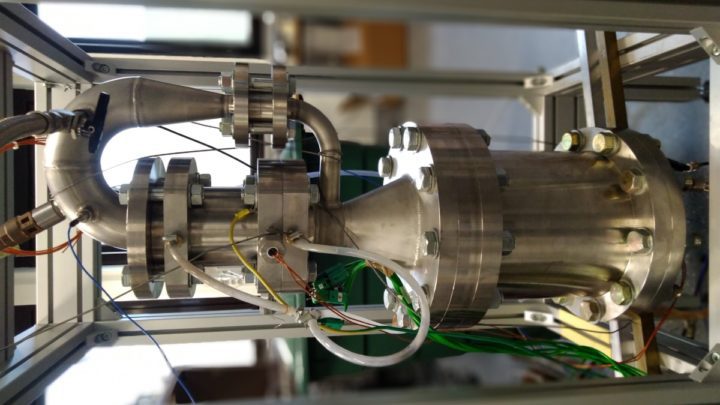With the energy crisis, opportunities for the launch of new technologies and the development of others already known acquire a new expression. The crisis of gas and the prices of other fossil fuels and the impact of these high prices on energy production opens the doors to new products. This was the focus of investing in the solution, which has been talked about for several years, to use an acoustic heat pump that emits no greenhouse gases and has a very small carbon footprint.
In practice, this equipment uses sound energy to heat and cool homes. Even noise can generate heat energy, you know?
With climate change, an energy transition is inevitable. We know solar, wind and water, but now acoustic energy is a new alternative to fossil fuels.
The technology has been exploited by many companies, including the French equium which has developed a product that uses acoustic waves in a heat pump to provide thermal comfort that is environmental, economical, and easy to use.
How do Thermoacoustics work?
Thermoacoustics is a complex natural phenomenon involving thermoacoustics, acoustics, and fluid mechanics. Inside the machines, a temperature gradient or electricity generates sound waves that are automatically amplified. When doing the work of compression/expansion, as a piston in a heat engine or compression does, the sound waves efficiently pump out heat.
The process does not involve any moving parts or refrigerant. During compression, waves generate heat, while during expansion they generate cold.
Advantages of acoustic heat pumps
In the construction sector, a high percentage of carbon emissions come from central heating and domestic hot water. The use of acoustic heat pumps can help reduce these emissions significantly. The compression/expansion business uses a neutral gas that has no greenhouse effect and leaves a small carbon footprint.
It is estimated that the use of an acoustic heat pump can reduce CO2 emissions by up to 80%.
The technology is primarily designed with fully recyclable materials. In addition, it is a particularly economical product, with a durability of more than 30 years and requiring no special maintenance.
While traditional high temperature heat pumps must be turned on/off when it is over 5°C outside, an acoustic heat pump operates at any time through power adjustment.
Compared with the traditional heat pump
The conventional heat pump is known for its high cost, especially for maintenance. Moreover, it has a limited lifetime and a cycling problem that can contribute to the deterioration of the theoretical conversion efficiency (COP).
Another negative point of a conventional heat pump is the use of refrigerant. Not only is this gas harmful to the environment, but it also requires a professional to install the pump in question. This can somewhat increase the selling price of the product.
According to the company, for the sonic pump, the installation is very simple and does not require the services of a professional. The acoustic heat pump also has the lowest cost of ownership compared to all current heat pumps and conventional high temperature boilers.

“Wannabe internet buff. Future teen idol. Hardcore zombie guru. Gamer. Avid creator. Entrepreneur. Bacon ninja.”



